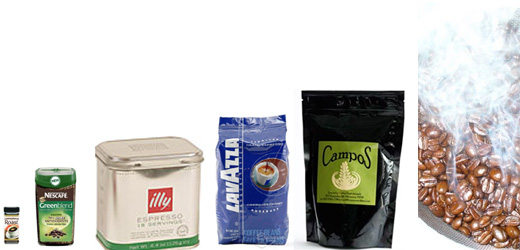Stuss asked why she should bother switching to Firefox from Explorer. Apart from speed, moving away from the proprietary Microsoft platform, and security there’s one thing Firefox really has going for it. Extensibility. You can pretty much turn Firefox into whatever you want it to be. Thanks to the power of extensions.
But when it comes to extensions for your Firefox experience there’s a lot of bloatware out there. Stuff that will bog you down and make your Firefox experience reminiscent of your Explorer days speedwise – only with slightly more class.
Here are my 10 favourite Add-ons
- Firebug – a little web development tool that lets you edit the CSS or HTML of whatever page you’re on. Great for stealing other people’s ideas and code – and great for debugging that page you made that just won’t work right.
- Fireuploader – a nice drag and drop interface that lets you bulk upload images and files to a host of popular filesharing platforms and social networks.
- Better GReader – Google Reader is awesome. This little add on makes it more awesome – reducing the screen real estate taken up by pointless things – and enhancing the GReader experience. Oh, and it adds a really incredibly nice subscribe interface to any page with an RSS feed. It’s beautiful. I just click once to subscribe, rather than jumping through the obligatory three or four hoops it normally takes.
- Video Download Helper – There are a bunch of sites that will download a flash video from YouTube. FLV files aren’t all that exciting though – this add-on goes a step further, downloading the video and converting it to your preferred format.
- CoolIris – This started off as PicLens – it’s a funky image browser that brought albums to life in a pseudo 3D interface.
- TwitterBar – there are a lot of useful social networking plugins that bring your Facebook, Twitter, StumbleUpon etc profiles to your fingertips. Facebook is banned at work – so TwitterBar is my profile status updating solution. I type my status in the address bar, click submit, and Bob’s your uncle. That required activating the Twitter application on Facebook too.
- Xoopit – Xoopit is a Gmail specific plug-in that makes tracking images and attachments in your inbox a breeze.
- Flashgot and DownThemAll – two download enhancers battling it out for supremacy. Both are good.
- AdBlock Plus – Make ads a thing of the past, I’m curious to try AddArt – which replaces advertisements with artworks from a curated database.
- British English Dictionary – if like me you hate your browser changing s to z. Or suggesting that you do. Then the British English Dictionary will save you untold pain.
Honourable mention – the only reason this didn’t make the grade is that it’s not strictly speaking a plug-in. It’s a bookmark. Google Reader’s “Note in Reader” bookmark has pretty much ended my dalliance with Del.icio.us. I can now bookmark things in Reader on the run – and they appear for all to see in my daily links posts. I really don’t venture outside of Reader that much anymore.
